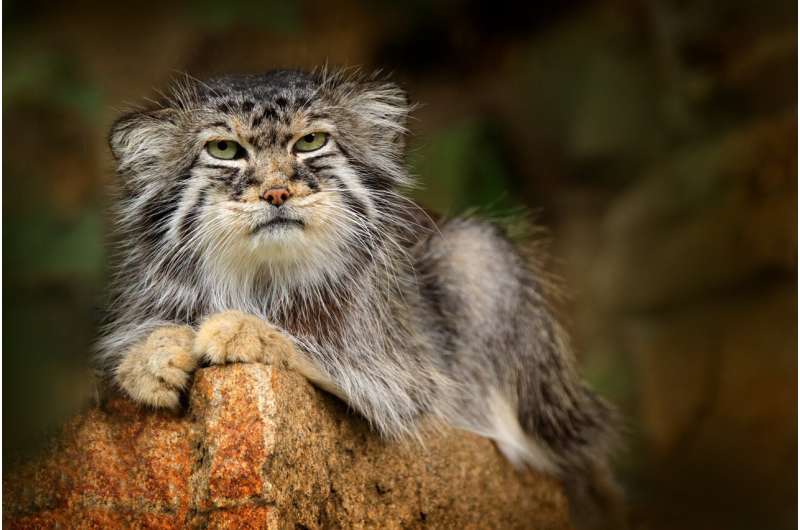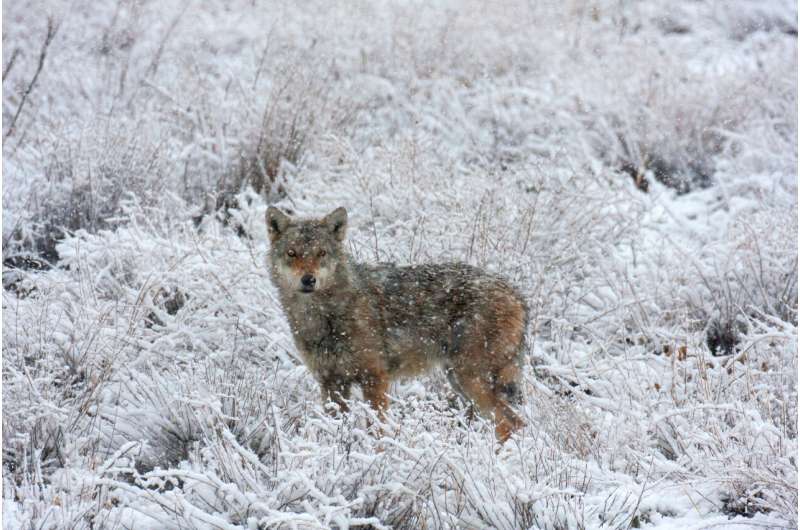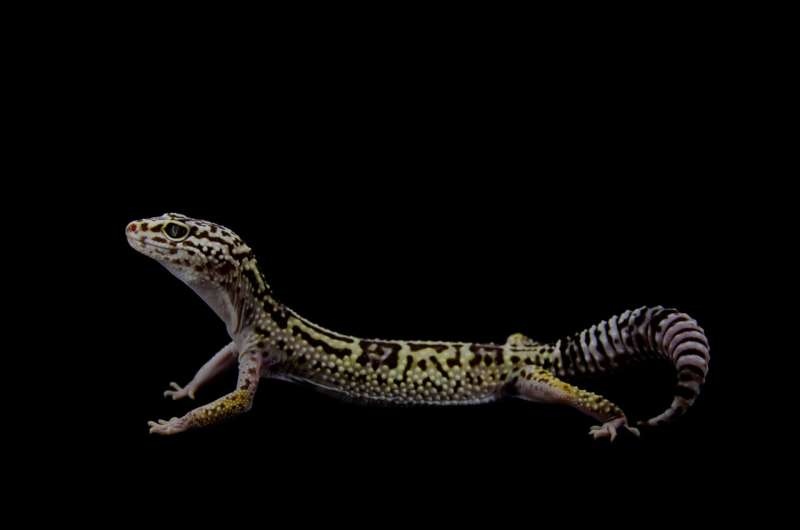This article has been reviewed according to Science X's editorial process and policies. Editors have highlighted the following attributes while ensuring the content's credibility:
fact-checked
peer-reviewed publication
trusted source
proofread
Mapping out a path to protecting Iran's endangered species

With the Iranian Government recently committing to increasing protected areas—such as national parks—to 20 percent of Iran's land, researchers have mapped out a way to identify the most important areas needed to protect the most endangered species.
The study was led by University of Queensland alumnus, Dr. Azadeh Karimi, now at Ferdowsi University of Mashhad, alongside UQ's Dr. April Reside, and identified areas of the richly biodiverse country not yet covered by the 11 percent of land currently under protection.
Dr. Karimi said the increased protected area comes as good news for Iran, where 80 percent of land is covered by diverse natural ecosystems, all home to a range of critically endangered species.
"It's a richly biodiverse land with forests, high mountain ecosystems and arid landscapes," Dr. Karimi said.
"The Asiatic cheetahs, Persian leopards, Asiatic wild ass, Egyptian vulture, saker falcon, and Gorgan Mountain salamanders are all at massive risk, and that's just naming a few.
"The areas we've identified for priority protection are not only critical to protecting these threatened species, they're also globally important ecosystems."
Ecoregions in the north, north-west and west of Iran were consistently identified as areas in most need of urgent conservation action, researchers discovered.

Dr. Karimi said these regions were found using maps of all the internationally listed threatened species identified in Iran, placing highest importance on those that breed in Iran, or only occur there, such as migratory birds.
"We looked at species that are already protected by Iran's existing protected areas, including national parks, which currently covers 11 percent of Iran's land," she said.
"From there, we used spatial algorithms to find the most important areas needed to protect the species not already represented in existing protected areas."
Dr. April Reside said this study allows researchers to better understand the conservation challenge ahead of them.
"The conservation needs of Iran's threatened species are somewhat of a mystery, so a more in-depth biodiversity survey effort such as this was certainly needed," Dr. Reside said.
"In this study, we've taken the first best guess of the areas that are most in need of conservation.

"Our hope is these findings will provide useful information to help expand that protected area network to achieve international and national targets already committed to.
"Ultimately, this will help safeguard adequate representation of Iran's unique biodiversity."
This research was conducted in collaboration between The University of Queensland, Ferdowsi University of Mashhad, Iran, and with Hossein Yazdandad from Tarbiat Modares University, Iran.
This research is published in Biological Conservation.
More information: Azadeh Karimi et al, Spatial conservation prioritization for locating protected area gaps in Iran, Biological Conservation (2023). DOI: 10.1016/j.biocon.2023.109902
Journal information: Biological Conservation
Provided by University of Queensland




















